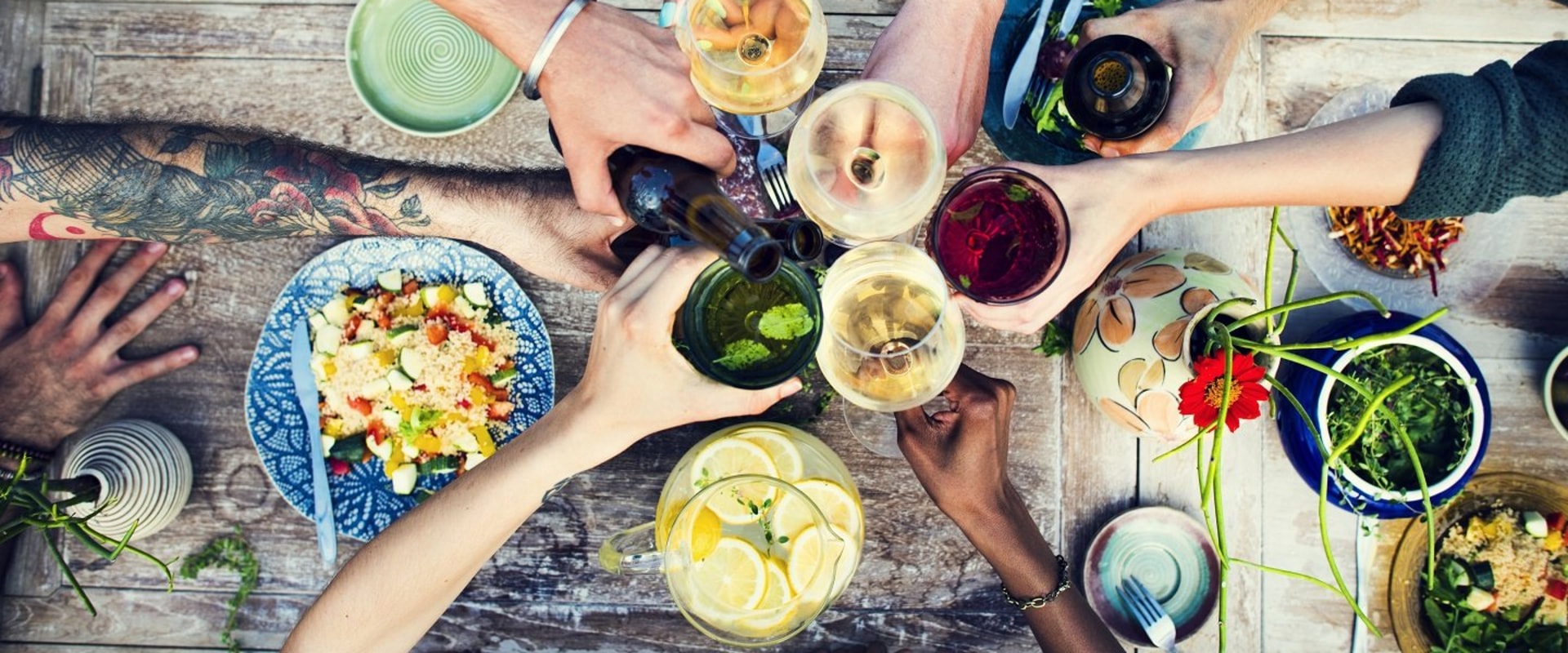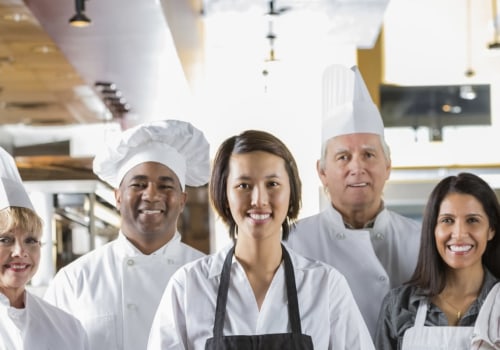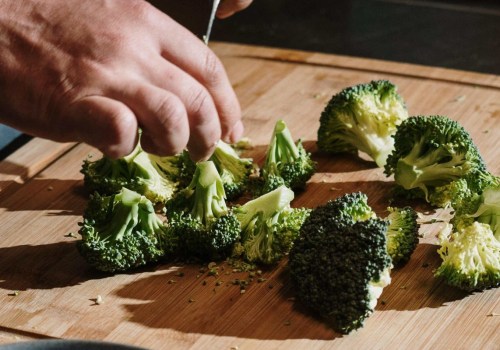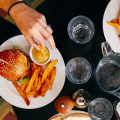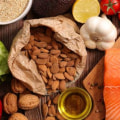The food and beverage industry is one of the most dynamic and ever-evolving sectors. With an expanding population, a growing middle class, and the growth of urban and suburban markets, the industry is set to grow even further. To meet consumer needs, F&B retailers must improve their e-commerce game and invest in new technologies. The industry is also facing fundamental challenges in the areas of consumer, food safety, and regulation.
Concepts such as adaptogens, CBD, nootropics, ethical sourcing, and local foods are gaining traction and are here to stay for a long time. This opens up space for niche brands to enter the homes of people who would otherwise never have considered buying food online. Food and beverages are one of the three most active business areas in industrial construction right now. New technology is driving products such as biohacked foods, which may not seem very appetizing, since they break down and then reconstitute themselves based on artificial intelligence (AI).
As states across the country begin to ease restrictions, the future of the food and beverage industry is coming into focus. The industry seeks to meet continued consumer demand for minimally processed products containing natural ingredients (the so-called “clean label” trend) while maintaining shelf life and food safety standards. This is the growing trend for consumers to eat healthy foods that promote physical and mental health, support a strong immune system, and prevent diseases. Many food and beverage companies proved their worth during the pandemic by keeping production lines up and running and adopting new health and safety protocols. As more restaurants plan to invest in local ingredients and food suppliers, they are also trying to resort to less harmful traditional cooking methods such as smoking, drying, etc.
Companies must implement a rigorous food safety strategy that assesses the risk of contamination by pathogens, of the size of listeria, campylobacter, and salmonella. Focus on seasonal events filled with food and beverages such as New Year's Eve, Super Bowl parties or holidays such as the Day of Action. This offers great opportunities for companies that can take advantage of advances in food science and technology to offer revolutionary products that meet the needs of consumers. Sustainable packaging, safety measures, and transparent manufacturing fill today's direct-to-consumer food and beverage landscape.
